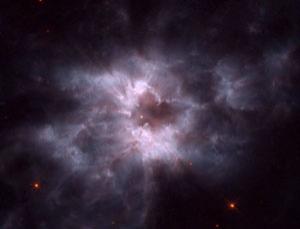OF THE
TIMES


* Among Charles Darwin's lasting legacies is our knowledge that the human mind evolved by some adaptive process.
* A major, widely discussed branch of evolutionary psychology - Pop EP - holds that the human brain has many specialized mechanisms that evolved to solve the adaptive problems of our hunter-gatherer ancestors.
* The author and several other scholars suggest that some assumptions of Pop EP are flawed: that we can know the psychology of our Stone Age ancestors, that we can thereby figure out how distinctively human traits evolved, that our minds have not evolved much since the Stone Age, and that standard psychological questionnaires yield clear evidence of the adaptations.